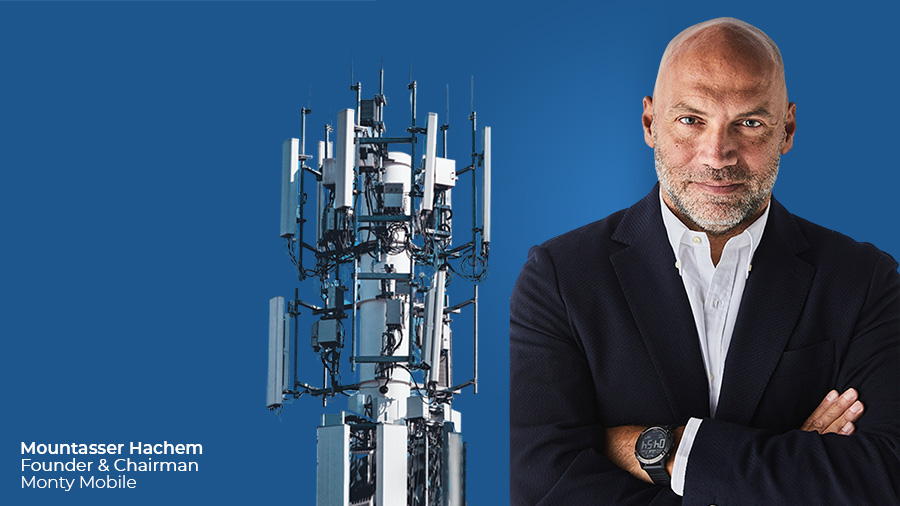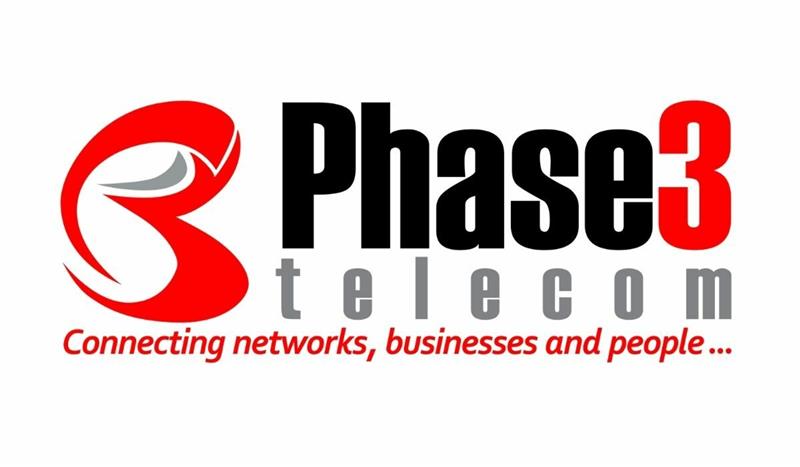Press Releases
The new 5-minute rule: Get customer service right in five minutes or I’ll switch, warn a third of customers

The need for speed is clear but not at the expense of high-quality service, customers warn
Marlow, UK: One third of UK & Ireland customers say they would switch to another provider if they don’t get a satisfactory response in five minutes or less, according to new research from analytics leader SAS. The research also highlights that 75 percent of customers would change provider if a competitor offered a faster service.
SAS’ Hyperautomation report reveals new customer-centric demands and a raft of fast evolving expectations, accelerated by the pandemic. Customers are increasingly demanding experiences that excel beyond attractive prices. While two-thirds (64 percent) of consumers say that competitive prices are very important when choosing a business or service provider, they are now rivalled by other factors such as convenience (59 percent) and speed of service (51 percent).
The consequences for businesses that can’t offer a fast, high-quality service, as well as cost savings, are dire. To keep pace with fast-evolving new customer expectations and to win the customer retention battle, businesses must be able to deliver a fast, frictionless, online service whenever the customer wants it.
While customers are placing a high value on speed and convenience, they are not prepared to sacrifice quality of service. More than half (56 percent) only want experiences to be faster if this also guarantees no mistakes are made or a better service is delivered. Achieving speed and quality requires hyper-efficiency from organizations – a quality only achievable through technology capable of intelligent decision-making.
Efficiencies must translate into great customer experiences
As the cost of living soars, organisations nevertheless have the ability to foster trust from consumers by providing rapid, high-quality services made possible through technology.
Business leaders and decision-makers agreed improvements in workforce productivity (38 percent), employee satisfaction (34 percent), and costs (34 percent ), were seen during the pandemic due to hyper-automation (the simultaneous use of digital operating systems, workflow, robotic process automation, and artificial intelligence – typically via the cloud – to deliver high value autonomous processes through intelligent decisions). This enables a faster, quality service where it’s also possible to pass cost savings on to customers.
The need for hyper-automation is clear considering the current impact of simple, linear automation on customers. Many express little trust in using automated services, regardless of sector. Government fared worst, with just 34 percent expressing any significant level of trust in automated government technologies.
Customers shared that they are not yet comfortable with today’s digital-only experiences; just 13 percent of respondents would want to use digital-only to interact with customer services. Automated tech which lacks intelligence can’t rival human interaction, respondents indicated, with three-quarters (74 percent) expressing they are frustrated when they realize they are communicating with a robot. Nearly nine in 10 (88 percent) said that speaking to a human is an essential part of the customer service experience, with 64 percent of these mentioning this is because they feel more understood when speaking to a human.
The results show that businesses need to make consumers feel like they are being understood by delivering quality experiences and outcomes quickly and efficiently. The current views reflect the fact than online services primarily consist of basic robotic process automation and unintelligent chatbots, rather than the fast, intelligent online experience that is possible with hyper-automation. In fact, less than a quarter (24 percent) of organizations have currently implemented hyper-automation.
Customers are willing to accept automation, but have high standards
Automation is recognized as key to setting a new standard in customer experience. It is valued by 91 percent of the C-suite, who are looking to technologies that can automate repetitive processes. They want this for employees, for customers, and for regulators. Fortunately, the vast majority (82 percent) of senior decision makers in businesses across the UK and Ireland believe that hyper-automation will be important in the next 12 months, and two-thirds (67 percent) have either implemented it already or plan to in the future.
Customers are willing to accept hyper-automated services – and even have positive expectations. Half (49 percent) of consumers expect an automated service to provide speed and convenience, while a third (32 percent) expect it to show understanding of the issues and specific services relating to their circumstances. Half (50 percent) of respondents say that they would use a fully automated customer service if they were satisfied that their enquiry could be adequately resolved.
“Now is the chance for organizations to meet multiple business goals at once, improving efficiencies and mitigating costs, while still offering a superior experience to customers. It’s possible to have the best of both worlds thanks to hyper-automation solutions which can be easy to use on low code / no code platforms delivered via the Cloud”, said David Shannon, Head of Hyperautomation, SAS UK & Ireland.
“As we face the prospect of rising cost inflation, it’s imperative that businesses take steps to deliver what customers now demand, which is a fast, frictionless, and effective online service at a competitive price. Without this, organizations will be overtaken by the competition and fail to foster long-term loyalty to the brand.”
Press Releases
Monty Mobile: The First Company in the Middle East & Africa to Provide 5G End-to-End Solutions for Telcos

Monty Mobile provides an in-house, cost-effective, well-optimized 4G+ and 5G end-to-end wireless solution serving both small and large-scale mobile and fixed operators targeting both urban and rural areas.
Moreover, operators are offered flexible payment plans for up to 5 years, first payment after 3 years, helping them stay ahead of their competitors.
This on- cloud solution guarantees improved scalability, mobility and security in addition to great savings on both CapEx and OpEx.
With this solution, Monty Mobile is introducing an alternative to Tier1 Telecom Suppliers such as Ericsson, Huawei, Nokia, and ZTE.
“The best is yet to come; stay connected!”, says Mountasser Hachem, Founder & Chairman of Monty Mobile.
More details regarding this full end-to-end solution will be disclosed in the Inside Telecom magazine next month in an exclusive interview.
Press Releases
Africa’s Leading Independent Telecommunications Services Provider, Phase3 Telecom moves onto Digital Connectivity Enterprise in Nigeria and West African Sub-region

The upgrades will cover security features, performance enhancements. agile update capacity and quality delivery mechanisms.
ABUJA, Nigeria, March 10, 2022: Africa’s leading independent aerial fiber optic network infrastructure and telecommunications services provider, Phase3 Telecom, is enabling advanced digital connectivity, improved performance and enhanced network security for enterprise. This drive is targeted at cost efficient and unified network endpoint management for businesses in Nigeria and the West African sub-region.
This development is also designed to amplify Phase3 enterprise value active network deployments for MSMEs, large scale corporates and institutions.
According to the company’s executive chairman – Stanley Jegede, “this expansive service optimization is targeted at improved coverage on Phase3 network routes through Africa as well as to assure solutions that help businesses transform and scale seamlessly.
He says, “Phase3 current network upgrades is an ongoing exercise and will cover security features, performance enhancements, agile update capacity, and quality delivery mechanisms for enterprise segments. Especially in the areas of productive work-from-anywhere or do-business-from-anywhere and digitized remote connectivity solutions”.
In addition to the company’s focus to increase enterprise based networks data handling capacity and their capability to access data within dissimilar sources faster vis-a-vis smarter, as today’s global clime demands.
Jegede, in his concluding statement says, “Phase3 layered digital capabilities will both enhance Phase3 network architecture and compliment legacy connectivity service experience in remote locations with significant Phase3 presence and network access points.
About Phase3 telecom
Phase3 Telecom is a leading independent fiber optic infrastructure with Points-of-Presence (POPs), colocation, and NOCs in Nigeria. Issued a National Long Distance Operator (NLDO) license in 2003 by the Nigerian Communications Commission (NCC), and with a vibrant as well as a dedicated team of experienced professionals, we are the network of choice for high-performance, data-intensive and low latency connectivity that span dedicated internet access, MPLS VPN, metro ethernet, wide area network solutions etc. We currently operate across the ECOWAS region and international markets through strategic partnerships that allow us to connect our clients across 400 cities worldwide. And ours is an extensive and secure network with end-to-end capabilities that service providers and businesses can rely on to scale, manage costs and assure efficiency. As our network continues to evolve into other layered service streams, including cloud-based and network security solutions – our invaluable clients will continue to remain the core of every investment that we make; innovation that we create; and technology that we adopt during the 4th industrial revolution to position us as the network of the future.
Press Releases
Digital Therapeutics Revenue from Health Insurers to Reach $8 Billion Globally by 2026

Hampshire, UK – 14th March 2022: A new study from Juniper Research has found that digital therapeutics revenue from health insurers will increase to $8 billion by 2026, up from $1.1 billion in 2022; representing a growth of 610 percent over the next four years. Digital therapeutics are clinically validated software programs for the treatment of chronic medical conditions, either independently or in conjunction with other therapies.
The report found that digital therapeutics facilitate the proactive mitigation of chronic medical conditions before they require costly interventions; enabling health insurers to reduce long-term costs per patient. However, it highlighted that these savings will be limited to health insurers in developed regions, where consumer devices and digitalized health infrastructure are ubiquitous. As such, it noted that health insurers in Africa and Latin America will contribute less than 2 percent towards health insurer-led digital therapeutics revenue in 2026.
A new research, Digital Therapeutics & Wellness: Key Trends, Business Models & Market Forecasts 2022-2026, identified that insurers will also benefit from an ongoing shift among digital therapeutics vendors towards engagement- and results-based payments. It recommends that therapeutics providers looking to leverage this trend prioritize the development of performance benchmarks, as demonstrating improvement and preventing patient abandonment will become a direct monetary issue.
Machine Learning to Move into Advisory Role as Liability Issues Emerge
The report forecasts that the number of people using digital therapeutics will increase by 381% over the next four years, and recognizes that machine learning will be key to this growth by facilitating advanced data analytics, remote patient monitoring, and real-time conversational coaching. However, it cautioned that an ongoing lack of standards surrounding the use of machine learning within digital therapeutics will result in vendors limiting its role in their offerings.
Research author Adam Wears explained: “As developers and healthcare providers increasingly grapple with issues of liability and malpractice, machine learning will transition from a patient-facing role to a diagnostic tool offered through provider-facing dashboards; to be used by clinicians and specialists in a manner akin to traditional computer-aided diagnostics.”











